UNHCR teams up with MIT's D-Lab to overhaul "very top-down" refugee design strategy
The United Nations High Commission for Refugees is working with MIT's D-Lab to develop design strategies that enable refugees to solve their own problems rather than relying on solutions provided by aid agencies (+ interview).
UNHCR has teamed up with D-Lab, a unit at Massachusetts Institute of Technology that develops user-centered design strategies, to explore ways of empowering refugee communities.
"It is an approach that we have been looking at this year and we are in the process of developing projects with MIT's D-Lab," said Corinne Gray, acting co-lead at the UNHCR's innovation unit.
UNHCR will utilise a methodology developed in the field by D-Lab called Creative Capacity Building, which involves giving communities skills so they can design and implement their own solutions.
"They have been doing this all around the world and so we are partnering to bring this into refugee communities," said Gray.
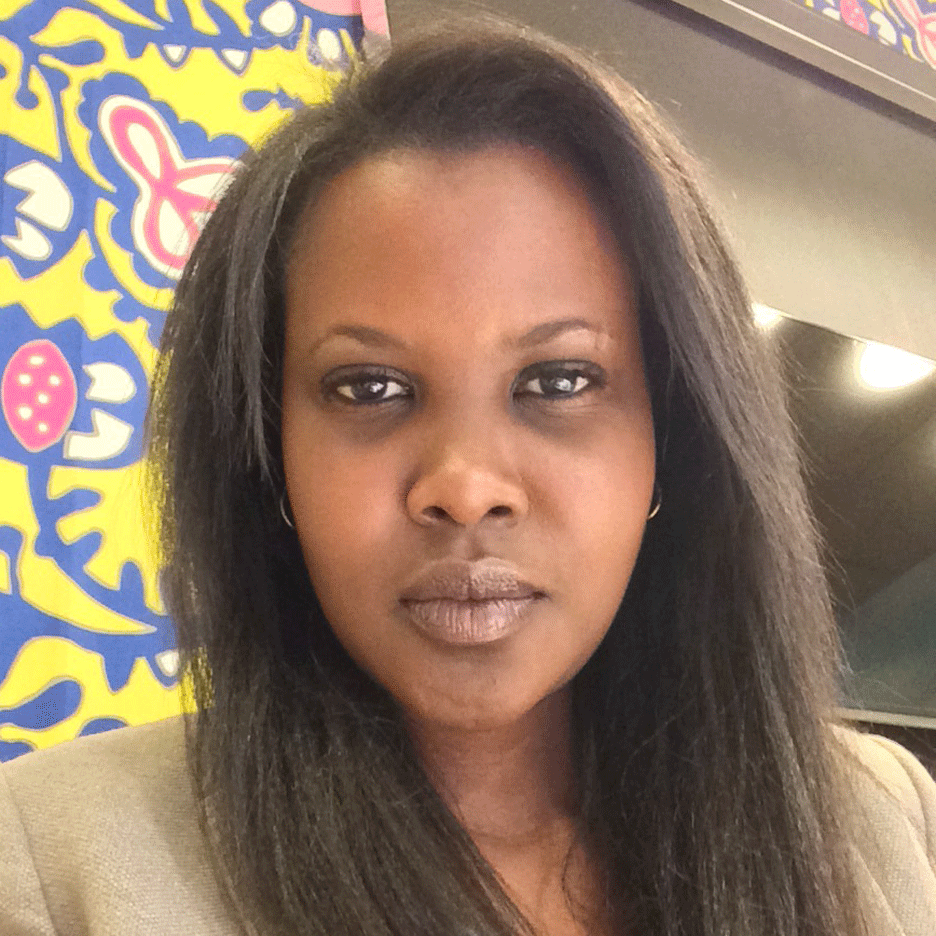
The move marks a change in strategy for UNHCR, the UN body responsible for protecting refugees, which has been criticised for its top-down response to refugee situations, including the way it designs and manages refugee camps.
Last year, humanitarian aid expert and former UNHCR employee Killian Kleinschmidt told Dezeen that agencies should be giving refugees the tools to help themselves.
"We're doing humanitarian aid as we did 70 years ago after the second world war," he said. "Nothing has changed."
Gray agreed that the commission and other agencies had been "a bit guilty" of imposing design solutions on refugees.
"I think the entire humanitarian innovation community is a bit guilty of that," she told Dezeen. "We are doing great innovations but they are still very top down."
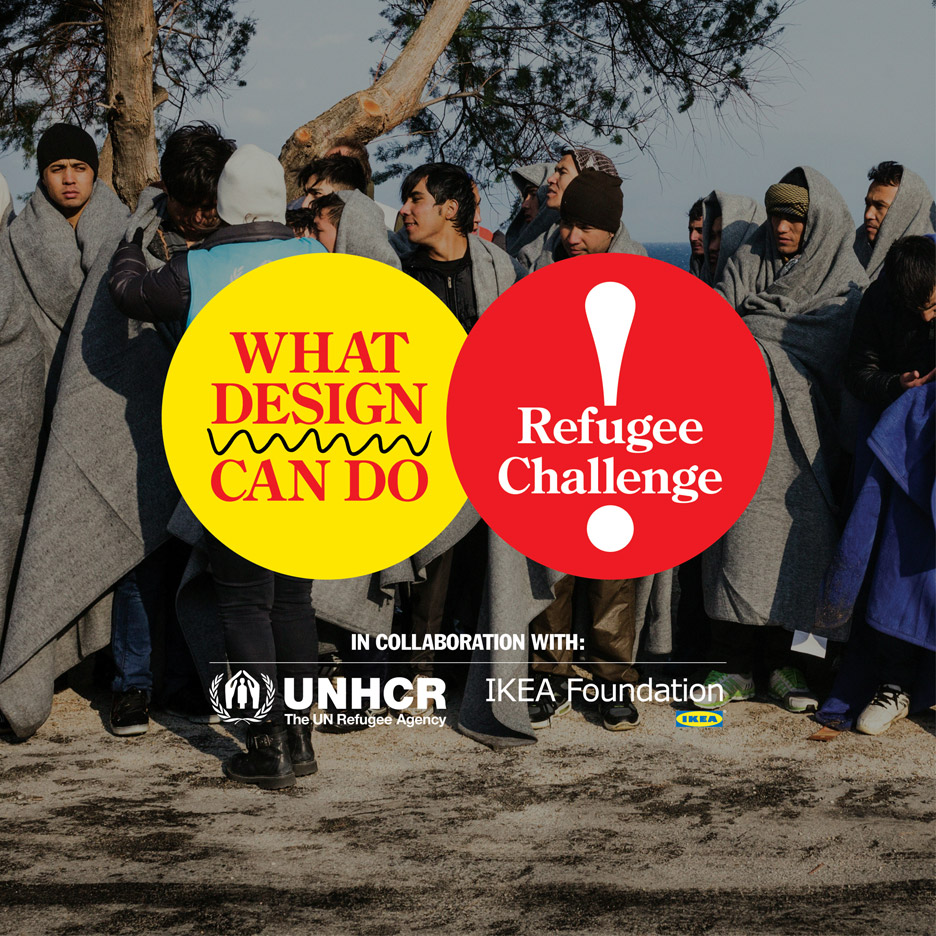
She said the change in strategy was "definitely a result of us working with refugees and hearing what they need and also us critiquing our own approach and really starting to see where the needs and challenges are."
Gray spoke to Dezeen at the What Design Can Do conference in Amsterdam last week, where she was on the jury of the Refugee Challenge – a design competition that sought ideas "for accommodating, connecting, integrating and helping the personal development of refugees".
The winners of the challenge were announced at the conference on Friday, but the competition has been criticised by some designers for being idealistic and patronising.
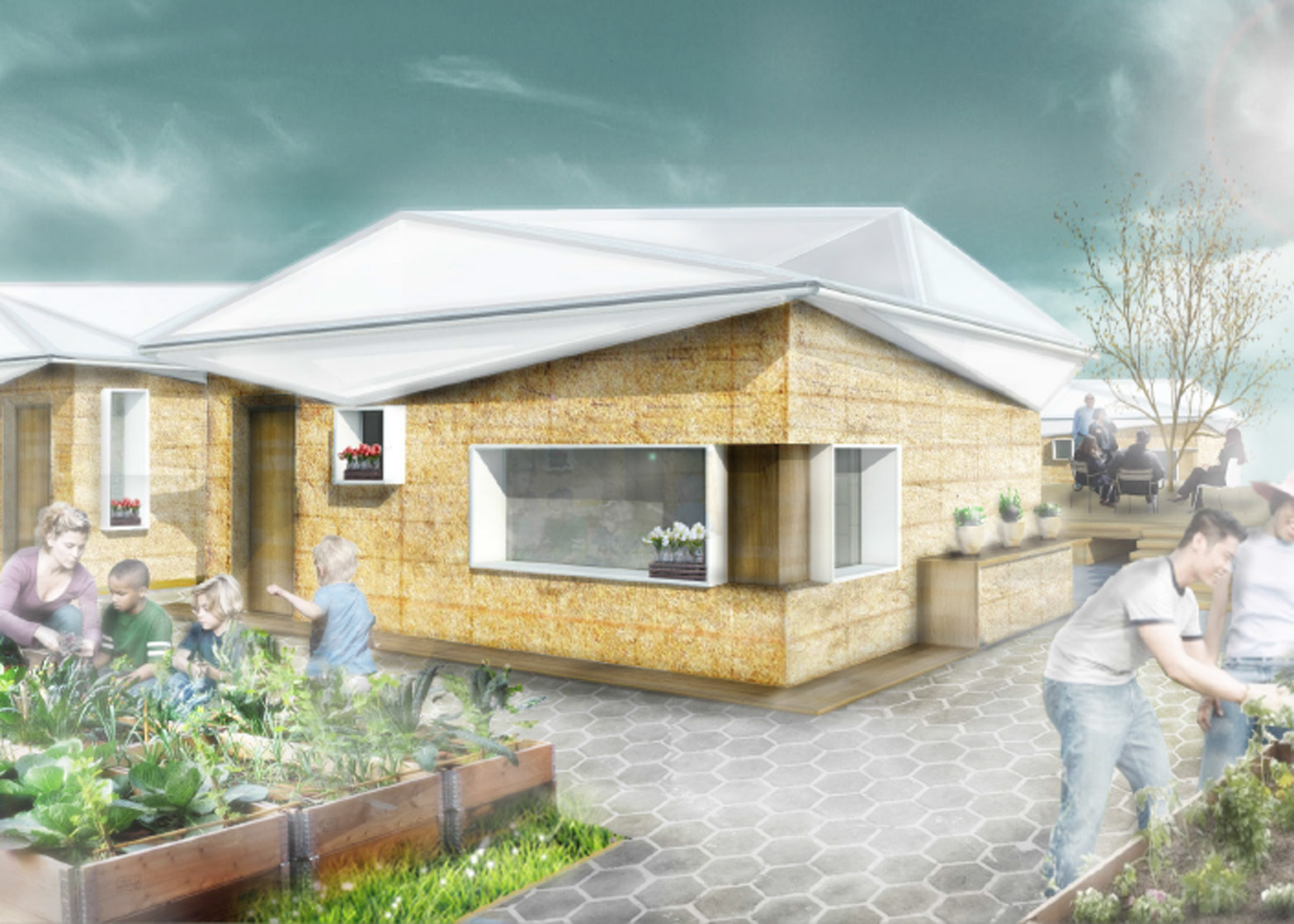
"It is … absurd to suggest that design can come up with solutions for a crisis that is political and socio-economic at heart," wrote Ruben Pater in a column for Dezeen.
A group of designers also published a critical article on Dutch platform Archined.
"Despite its good intentions, the brief is patronising towards people whose lives are in shreds," the designers wrote. "The main goal should be to offer fellow humans opportunities to take their lives back into their own hands."
Pater, together with two of the designers behind the Archined article, took part in a breakout session hosted by Dezeen at What Design Can Do, to discuss whether design was an appropriate tool to address the refugee crisis.
"I started to brainstorm with other designers," said Pater, explaining why he decided not to enter the challenge. "In the end it was like, I don't think they need a designer, I don't think they need stories, I don't think they need a website. I think they just need a f*cking good lawyer."
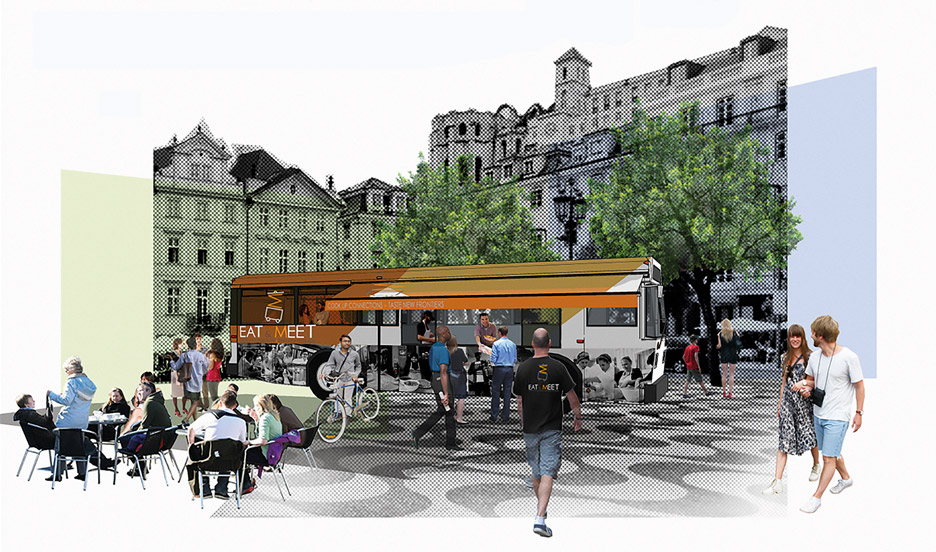
But Gray defended the Refugee Challenge, which was supported by UNHCR and which was launched in response to the refugee crisis in Europe, which saw 1.2 million people enter the continent during 2015.
"I can understand why, looking at this Refugee Challenge process, someone might say the approach might be a bit paternalistic," she said.
"In the field of humanitarian innovation there's room for design 'for', there's room for design 'with' and there's room for design 'by' the community. They don't have to be mutually exclusive; we should have all of those approaches."
"In an emergency situation there is room for top-down innovations," she continued. "But once people have got into place and have got settled and can think about personal development, that's when we should be thinking about moving into design 'by'."
In his interview with Dezeen last year, Kleinschmidt argued that UNHCR-built camps such as the vast Zaatari in Jordan were designed as little more than "storage facilities for people" that failed to respond to the aspirations of their inhabitants.
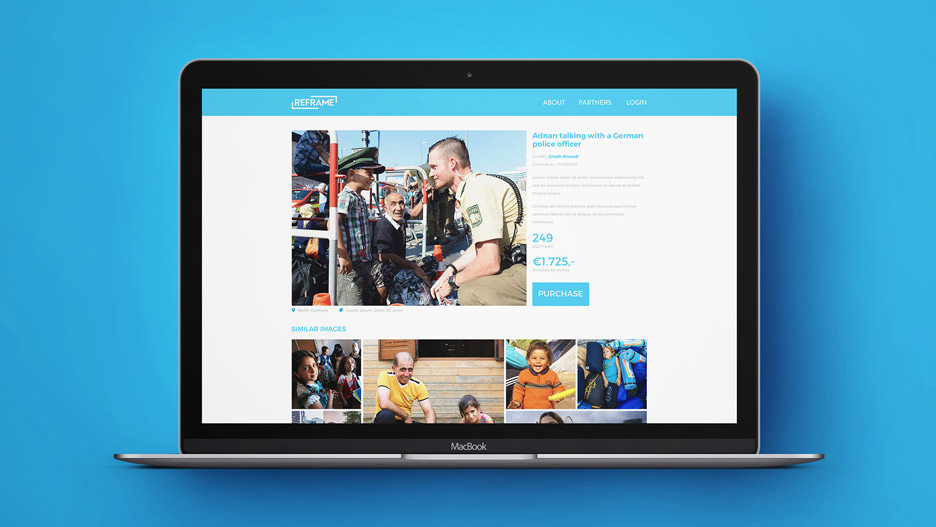
He described how refugees took things into their own hands, hacking the electricity supply to power businesses, erecting fountains and even building swimming pools.
"The refugees were building a city," he said, describing refugee camps as "the cities of the future."
Gray agreed that allowing the refugee community to take control of their environment was the way forward. "What we are realising more and more is that these communities want to do it for themselves," she said.
Below is an edited transcript of the interview with Corinne Gray:
Marcus Fairs: Tell us about your role.
Corinne Gray: I work at UNHCR, which is the United Nation High Commission for Refugees, the UN body that is legally mandated to protect and assist refugees.
For now I am acting co-lead of the innovation unit, which is an initiative that started about four years ago. We were basically looking at the fact that we have more refugees but less money and less political will. That's very hard to change.
We realised that we needed to find better solutions, in terms of meeting the needs of refugees on the ground. So the innovation unit for me looks for more creative, more efficient solutions to the problems that we've had for decades.
At the time we started, most of our work was in sub-Saharan Africa. Actually most of it is still in sub-Saharan Africa, because 80 per cent of refugees are there. What we do is work collaboratively with other units, and other divisions, so there are UNHCR units looking at particular themes, such as an energy unit etc, and we provide services to them. When they would like to address a particular challenge, they work collaboratively with us in what we call a lab, and in that lab we try to find better solutions.
We're not trying to create solutions: we think they already exist outside of our sector, and it's a collaborative partnerships kind of role. We look for private sector solutions, we look for solutions coming out of other NGOs, academic institutions, and we try and bring as many different actors together to find the best possible solution for the best possible context.
I think context is everything. The word "refugee" is about as descriptive as the word "European", and I think it's important to understand that not every refugee context is identical, and so in choosing solutions we look at what is appropriate for that specific context.
We do a lot of these challenges. At first we started with challenges internally among UNHCR staff, as a way to get staff who had innovative ideas based on their experience working in refugee camps who wanted to change the way they wanted to work.
More recently we decided to open up a challenge platform because part of our role in innovation is understanding that it's going to require as many actors, as many industries, as many sectors as possible. That's why we did this challenge, out of many we could've taken, but looking forward to talking more during the discussion.
Marcus Fairs: You said earlier that the focus is moving from designing "for" refugees to designing "with" them. Has UNHCR been too focused on top-down solutions?
Corinne Gray: I think the entire humanitarian innovation community is a bit guilty of that. We are doing great innovations but they are still very top down. Yes we've embraced user-centred design, which is working with the end user throughout the process, but it's always been in a consultative feedback-type approach, whereas when designing with the community, the community is the design expert. As the designer you're no longer the expert. You're working with this other group of experts to try to problem solve together.
With this approach the user is leading the design. They're not just at the centre; they're leading the design process. They're designing themselves. You're not putting them in the passenger seat beside you; you're putting them in the driver's seat but you're providing the supportive structure to do that.
Marcus Fairs: Some people feel that initiatives like the Refugee Challenge are wrongheaded because they're patronising. What is your response?
Corinne Gray: I don't know if it's wrong. In the field of humanitarian innovation there's room for design "for", there's room for design "with" and there's room for design "by" the community. They don't have to be mutually exclusive; we should have all of those approaches.
I can understand why, looking at this Refugee Challenge process, someone might say the approach might be a bit paternalistic. But at the same time that's not to say it's without merit, because the spirit of it is also involving the host community.
A core pillar of refugee protection, and how UNHCR approaches its programming, is involving the host community. Anything we do for the benefit of refugees all around the world, the host community also gets the same benefits.
And it's important for refugee protection that it makes sure that there's social inclusion, social integration between the two communities; it's a way of saying thank you to the host community for welcoming the refugees, by giving them the same benefits; and it's a way of preventing certain frictions where the host community might say, well, the refugees are getting all these benefits and we get nothing.
So that's what I see this Refugee Community as: it was really including and welcoming the host community into the problem-solving process and saying, you know what, we really need everyone. We need the host community to also come forward with ideas.
Marcus Fairs: Does this represent a shift in approach for the UNHCR?
Corinne Gray: It is an approach that we have been looking at this year and we are actually in the process of developing these projects with MIT D-Lab. The D stands for design and development.
They actually developed this curriculum called Creative Capacity Building in 2009. They were invited to work in northern Uganda to teach them IT technology. And when they got there, there was this sort of epiphany of "why are we teaching them our technology?"
This is a completely different context. They already know what they need, they should be developing technologies for themselves. So out of that they developed this really robust curriculum, that involves working with the community, teaching them the design process, also teaching them to work with materials so they learn how to build things out of wood, how to build things out of metal. Then the community brainstorms around their challenges, they pick the ones they want to work on during their training and then they spend three days going through the design process and actually designing and building their own technologies.
They have been doing this all around the world and so we are partnering to bring this into refugee communities.
Marcus Fairs: Is Creative Capacity Building applicable in both refugee camps and situations where refugees live among host communities?
Corinne Gray: Yes absolutely. I think it can work in both contexts, which is why I really loved one of the winners, Makers Unite, which is a co-creation project.
Marcus Fairs: We ran an interview with Killian Kleinschmidt, who said refugee camps were more like permanent cities than temporary settlements.
Corinne Gray: They are very much cities. I think a lot of people would be surprised to visit a refugee camp and realise it's not at all a camp. It's an informal city. For me it's wildly fascinating: it's a look into how people build cities with nothing, with very little infrastructure.
That's why these communities are ripe for innovation. You have to make do with very little resource. So we ought to be thinking of refugee camps as refugee communities. You have commerce areas, you have shops, you have schools, you have everything you would have in a city in refugee community.
Marcus Fairs: Klienschmidt said that the generic infrastructure provided by the aid organisations is often not appreciated by the refugees, who hack it to make it better reflect their needs and aspirations.
Corinne Gray: Absolutely, they do, they do. If you go to Zaatari [a refugee camp in Jordan that holds 80,000 people and which is turning into a permanent city], we put up a few street lights and then, through ingenuity, they found a way to do spaghetti wiring. They're using it to power their businesses. There's a street in Zaatari called Champs Elysees where you can by clothes, wedding dresses, pizza delivery; everything is there. What we are realising more and more is that these communities want to do it for themselves.
We used the bottom up approach in Kampala this year. One of things they all said was first of all they were thankful for that event. They talked about the fact that they were glad to be made equal to the humanitarians – we had 40 refugees and 40 humanitarians in a two-day conference together.
And the third thing they talked about is, food is one thing but we want tools. We want knowledge. We want mentorship. We want the knowledge you have, the tools you have, because we want to do things for ourselves. There is this great quote from a refugee: when you design a solution for us, you say that this solution is yours. When we come up with our own solutions we can say it's ours and we can truly own it.
It should be design "by". But within the humanitarian space there is room for all three. For example in an emergency situation – and it goes back to Maslow's hierarchy of needs – which is part of the MIT D-Lab curriculum – it's understanding that at the basic level people need to get their food, their shelter and their situation sorted out before they get into self realisation.
So yes in an emergency situation there is room for top-down innovations. But once people have got into place and have got settled and can think about personal development, that's when we should be thinking about moving into design "by".
Marcus Fairs: And that's becoming part of UNHCR's approach?
Corinne Gray: Yes. It's definitely a result of us working with refugees and hearing what they need and also us critiquing our own approach and really starting to see where the needs and challenges are.